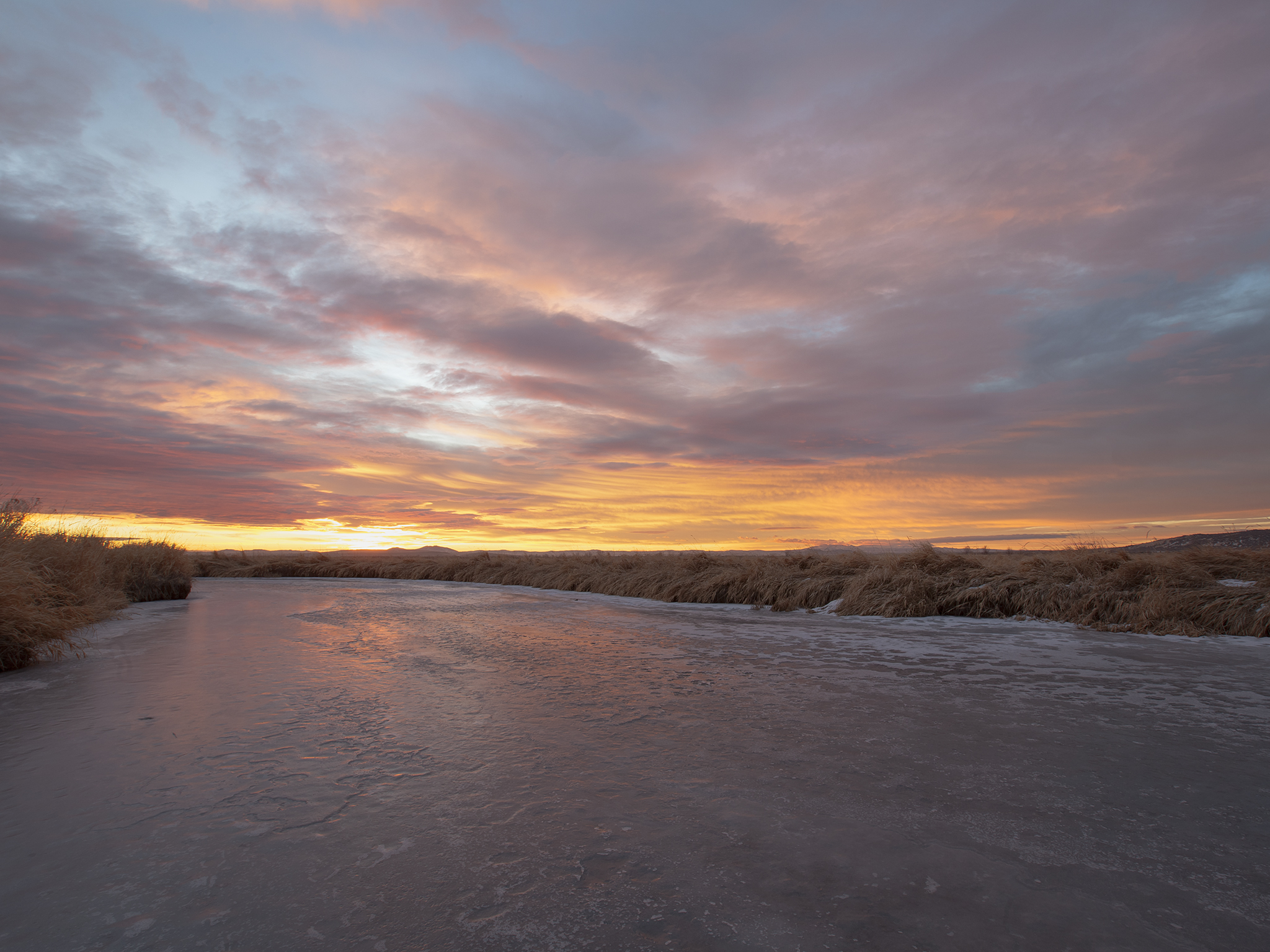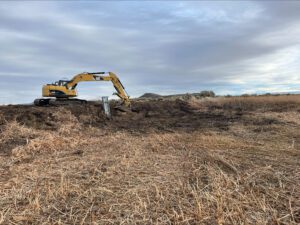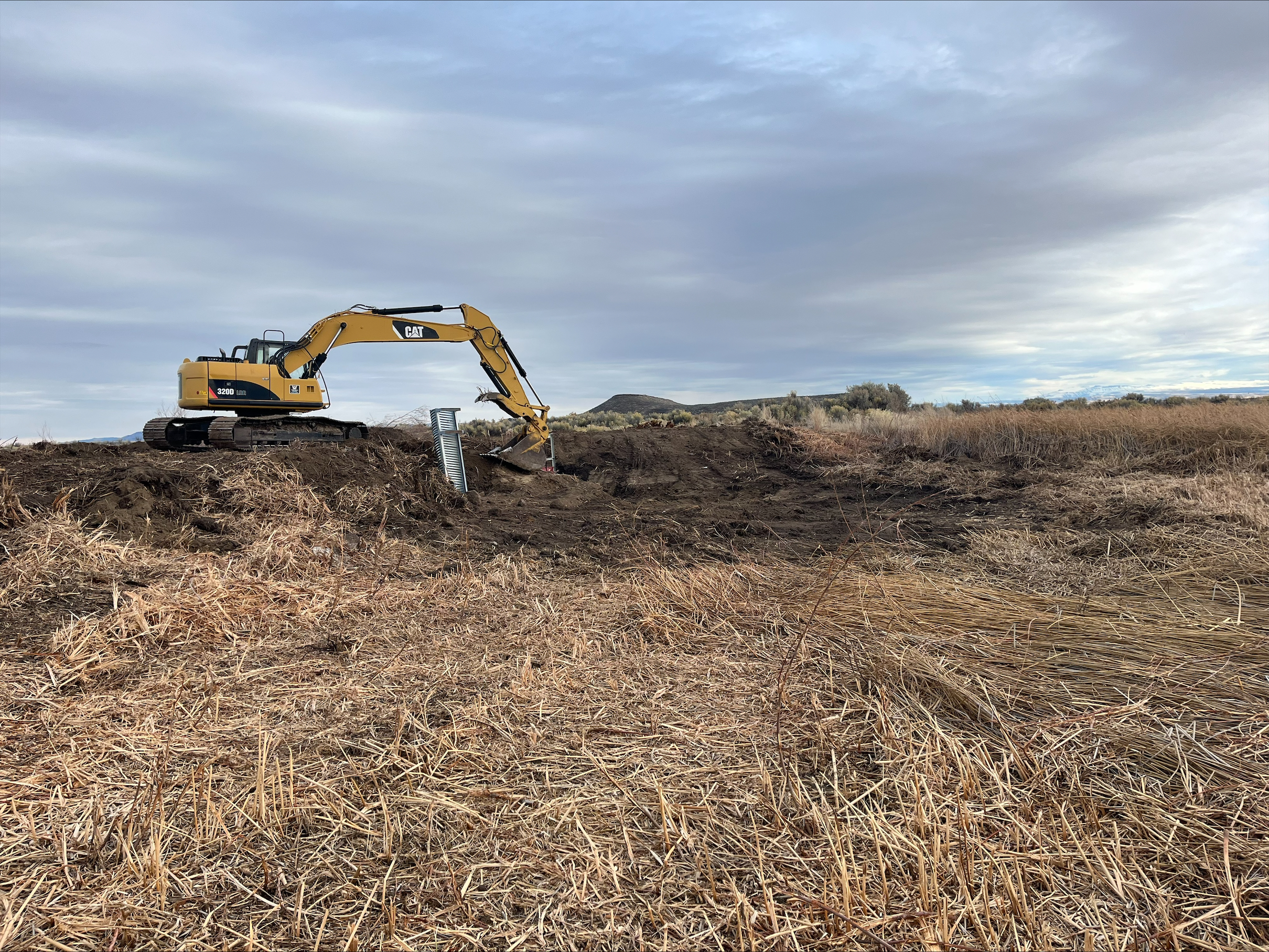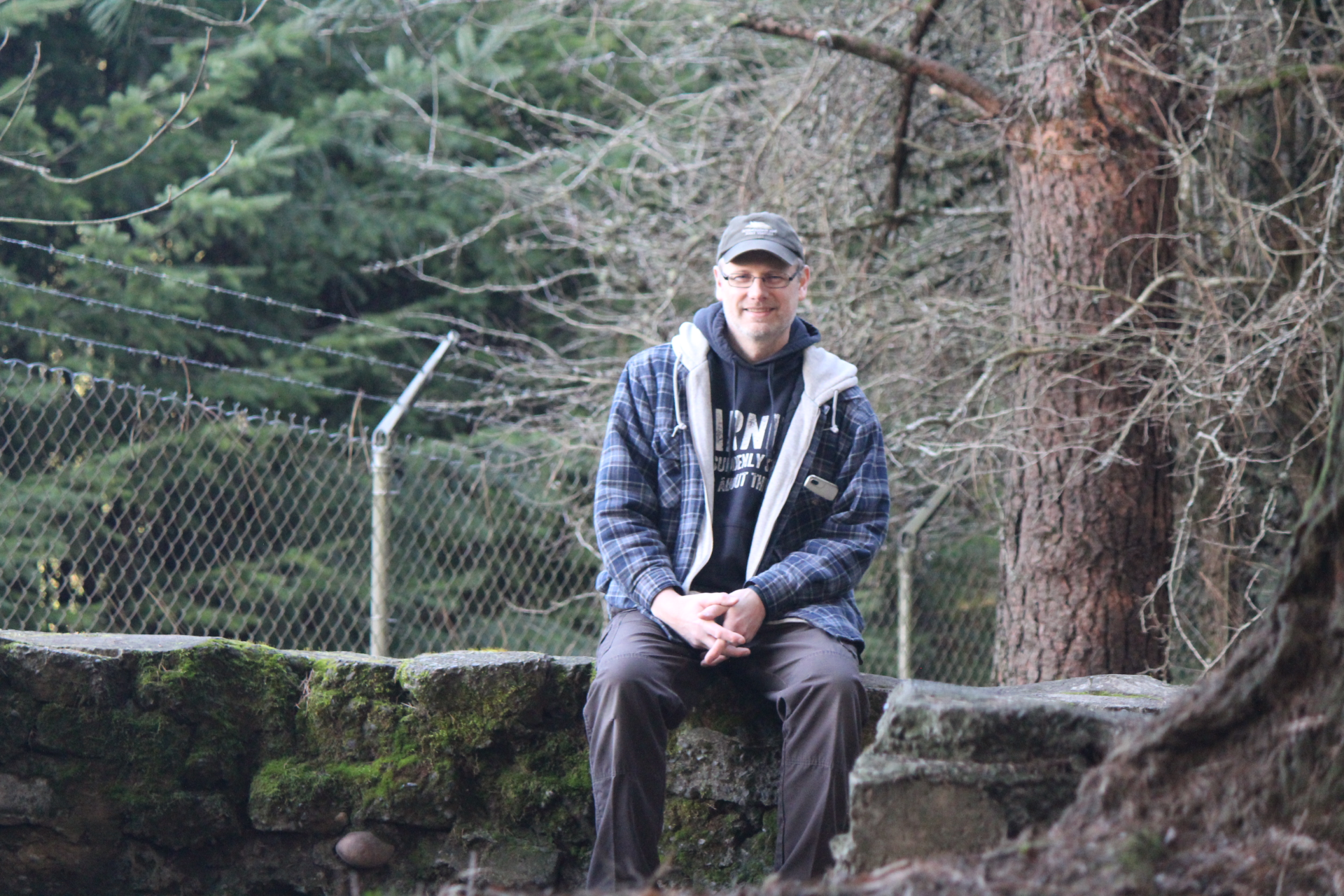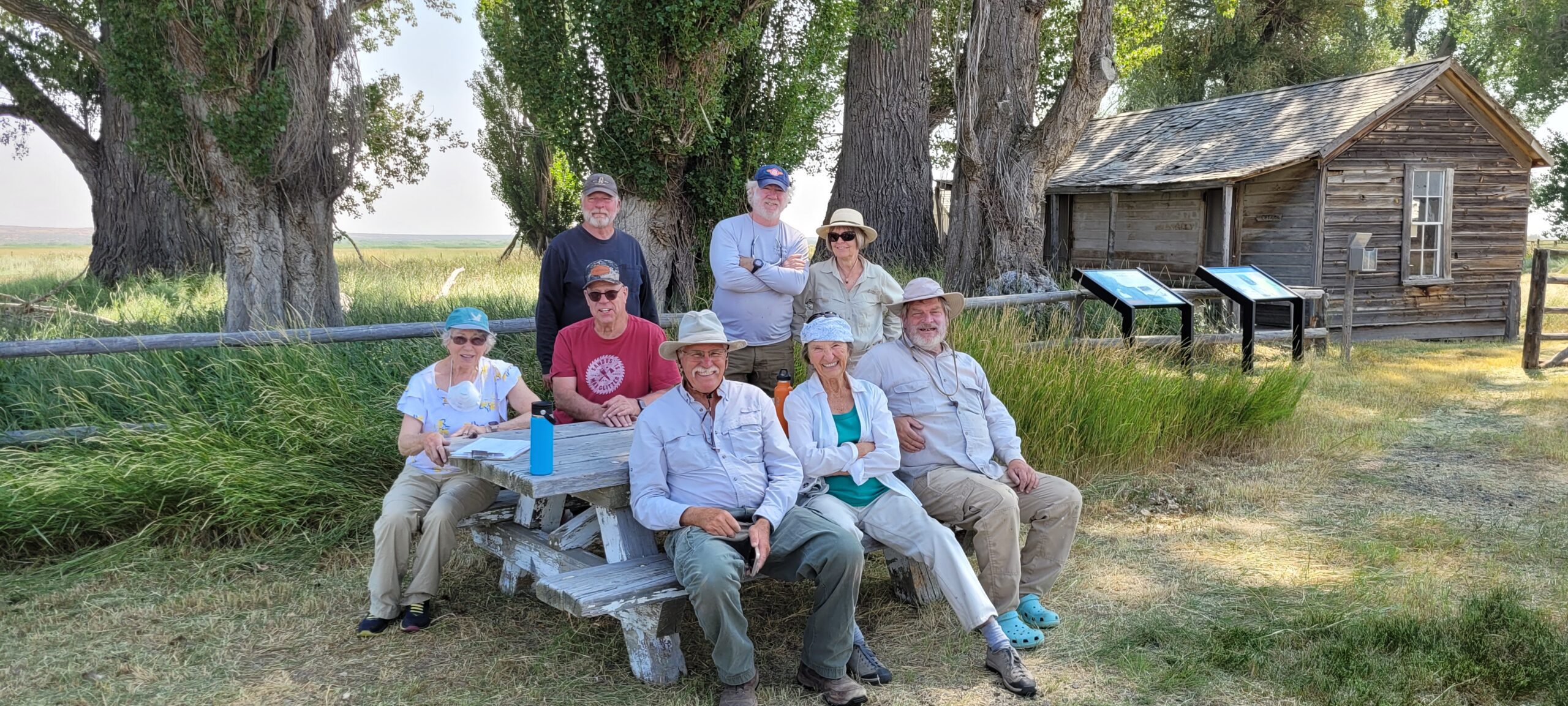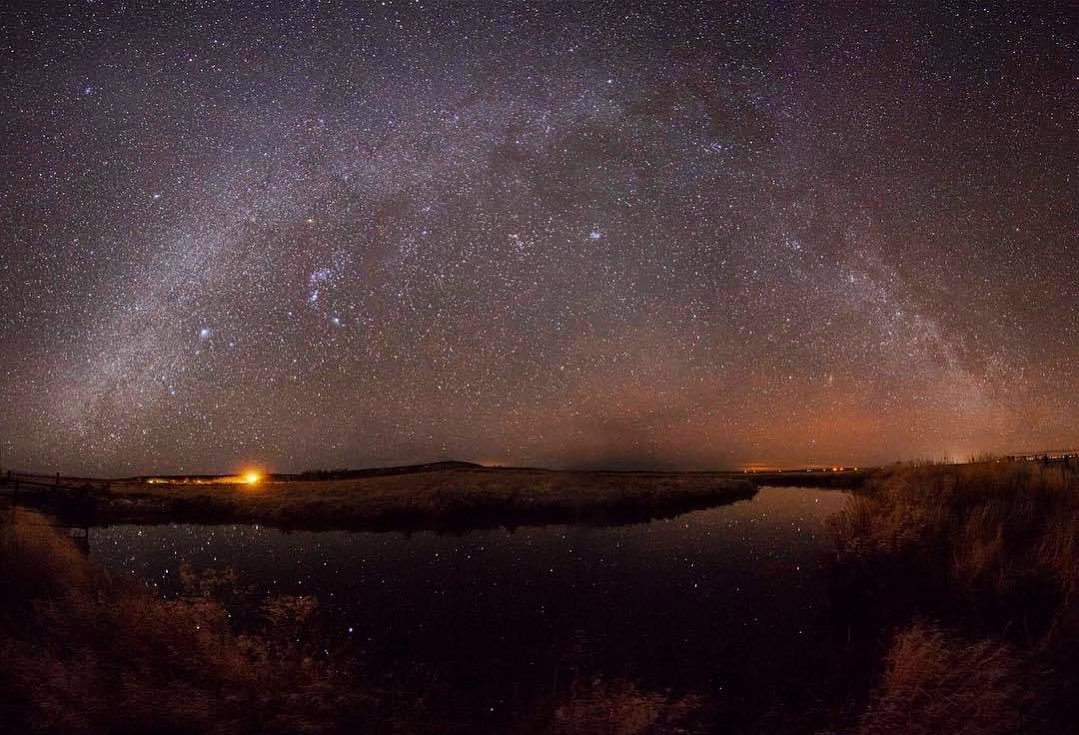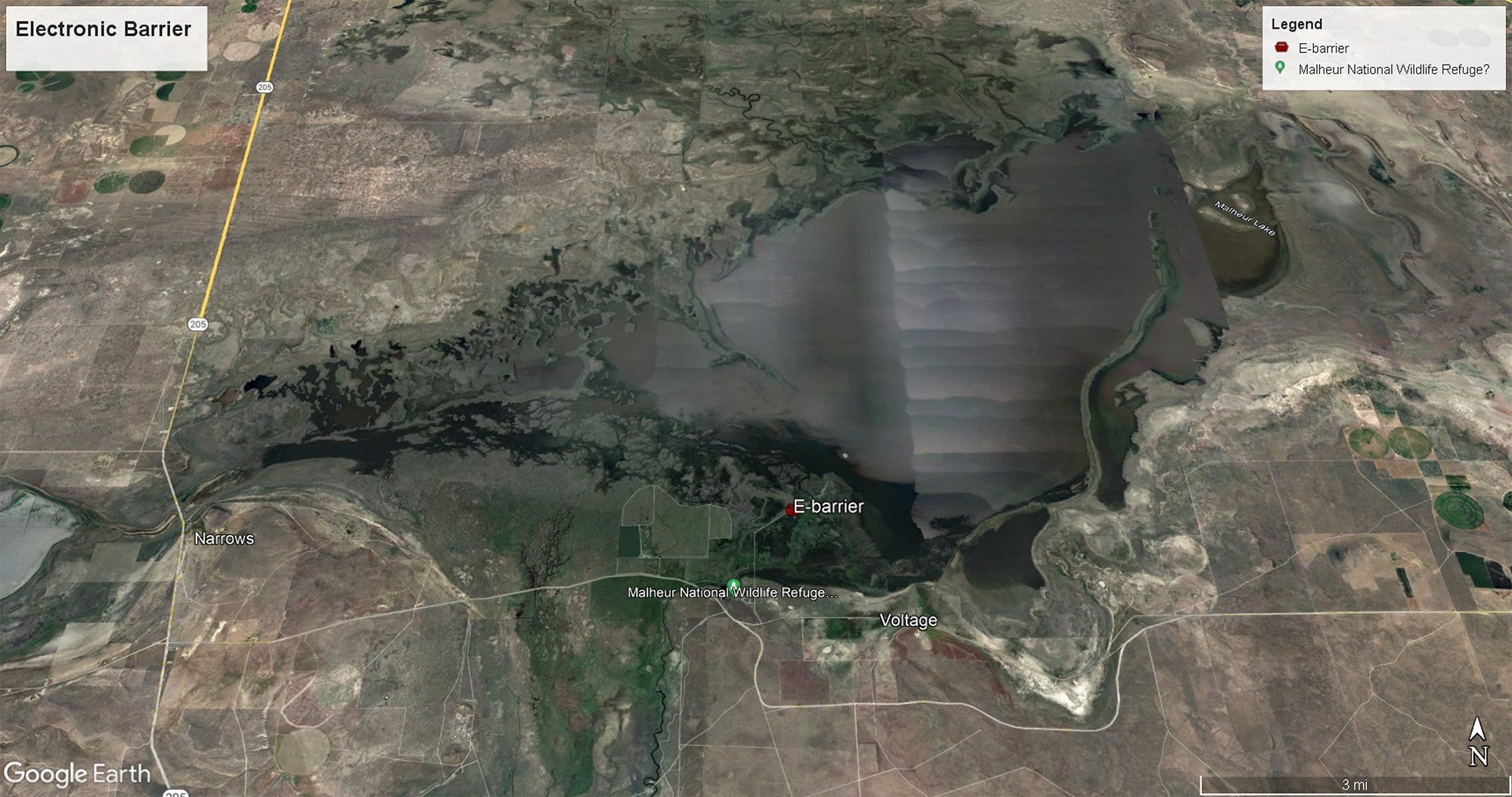Written by Jeff Mackay, Malheur National Wildlife Refuge Deputy Project Leader/Photo by Peter Pearsall
At the close of 2019, a promising snow pack on the Steens Mountains is building and Department of Interior agencies have an approved budget for the Fiscal Year. While an adequate snow pack is yet to be seen, a budget will enable us clearly to continue working with our partners to accomplish Refuge goals and deliver conservation in the Harney Basin.
What does 2020 hold for the Refuge? Here’s a vision into a few key elements planned for the New Year…
Staffing
The Refuge work force should grow as we plan to fill five vacant core positions: Project Leader, Administrative Officer, Mobile Heavy Equipment Operator (MHEO), Senior Firefighter (Engine Captain) and Forestry Technician (Fuels Specialist). The Administrative Officer (AO) position has been vacant since April and Refuge Administrative Assistant Suzanne McConnell has been serving as the Acting AO skillfully accomplishing the full suite of administrative duties. The Project Leader (PL) position has been vacant since August when Chad Karges retired. I have been serving as the PL and will continue in that role until the position is filled which perhaps will occur this spring. The MHEO position which serves as the Buena Vista Sub-station Manager has been vacant since fall 2018. Refuge Maintenance Mechanic (MM) Kenneth Berry has been serving as the Acting Sub-station Manager. The Engine Captain and the Fuels Specialist positions have been vacant since fall 2018. We are fortunate to have a strong interagency relationship with the Burns District Bureau of Land Management and the Malheur National Forest and personnel from both agencies have served on work details to help cover the duties of these two important positions during this past fire season. Filling these five vacant positions will return the Refuge to minimum staffing capacity and enable the Refuge to better achieve desired conservation outcomes.
Malheur Lake Restoration
In early 2020 Aquatic Health/Fisheries Biologist James Pearson will complete the Malheur Lake ecosystem model as part of his Doctoral graduate degree program at Oregon State University. Currently Malheur Lake exists in a chronic turbid state prohibiting the growth of aquatic plants which provide important feeding and nesting habitat for wildlife. Through execution of certain large scale management actions we believe Malheur Lake can be restored to a healthy clear water state. The ecosystem model will be used to analyze the influence of various system drivers on the ecological state of Malheur Lake enabling a focus on manipulation of key components. Complimentary to running the model, Habitat Biologist Edwin Sparks will oversee pilot projects to evaluate survival of planted emergent marsh vegetation (hardstem bulrush) in Malheur Lake. Through a series of planting trials conducted in Malheur Lake, Ed will evaluate factors such as bulrush plug size, water depth, water and soil characteristics, and predation (by carp, muskrats, and waterfowl) on the survivability of planted hardstem bulrush. Model outputs and results from the vegetation planting project will help inform decisions on a suite of management actions leading to restoring a clear water state in Malheur Lake. Restoration of Malheur Lake to a functional marsh ecosystem is years away, but by continuing to work with our partners in the Harney Basin Wetlands Initiative, we envision a clear path forward that will achieve our desired outcomes while maintaining an awareness that the path may meander as we continue to learn and understand the secrets of Malheur Lake.
Refuge Management Direction
In 2013, the Refuge Comprehensive Conservation Plan was approved providing current management direction for various Refuge operational programs. In 2020 we will continue to irrigate meadows and maintain ponds providing important wildlife habitat for migrating and nesting birds. Refuge maintenance staff, Maintenance Supervisor Edward Moulton, MHEO Bill Modey (Double O Sub-station Manager), MHEO Orritt Hoffman (P Ranch Sub-station Manager), and MM Kenneth Berry are invaluable for achieving the desired habitat management outcomes as they maintain water management infrastructure, manage water diversions, and oversee the Refuge vegetation management (haying) program. Additionally, maintenance staff maintain Refuge roads allowing visitor access throughout the public use areas. Speaking of visitors, recently, Wildlife Refuge Specialist Carey Goss oversaw the installation of new directional and interpretive panels replacing old outdated signs. The new signs will enhance visitors experiences by providing interpretive information and updated and expanded directional information. Additionally, Carey will continue to work with Refuge volunteers and partners from Friends of Malheur Refuge and Portland Audubon to deliver the Refuge information and the environmental education programs. Refuge Wildlife Biologist Melinda (Alexa) Martinez will continue to implement the Refuge inventory and monitoring programs. Working with the Refuge science partner from Portland Audubon, Alexa will continue to execute high priority wildlife surveys. A new survey of colonial nesting waterbirds (pelicans, terns, grebes, ibis, egrets, herons, cormorants) on Malheur Lake is planned this year using an Unoccupied Aerial Vehicle (UAV or “drone”). The use of UAV methodology is expected to reduce disturbance to nesting birds while enabling biologists to gather important data. Refuge Law Enforcement Officers John Megan and Brett Dean will continue to assure the protection of Refuge resources as well as continue to provide for staff and visitor safety. Refuge Fire Management Officer Shane Theall along with Fire Operations Specialist Danny Yturriondobeitia and Rural Fire Protection Association Liaison Jacob Gear will continue working with partners to deliver the wildfire suppression and prescribed burn programs. Both programs are important for protecting and managing valuable wildlife habitat as well as protecting Refuge infrastructure and assets.
We look forward to sharing 2020 with you and hope that you will have an opportunity to visit Malheur Refuge. Plan to spend some time at the Refuge Headquarters where you will find Refuge staff to answer questions unless of course if they are out completing field work. We encourage you to wander through the Refuge Museum and visit the Cranes Nest Nature Center before making the short hike on the Marshall Trail.
Happy New Year!

